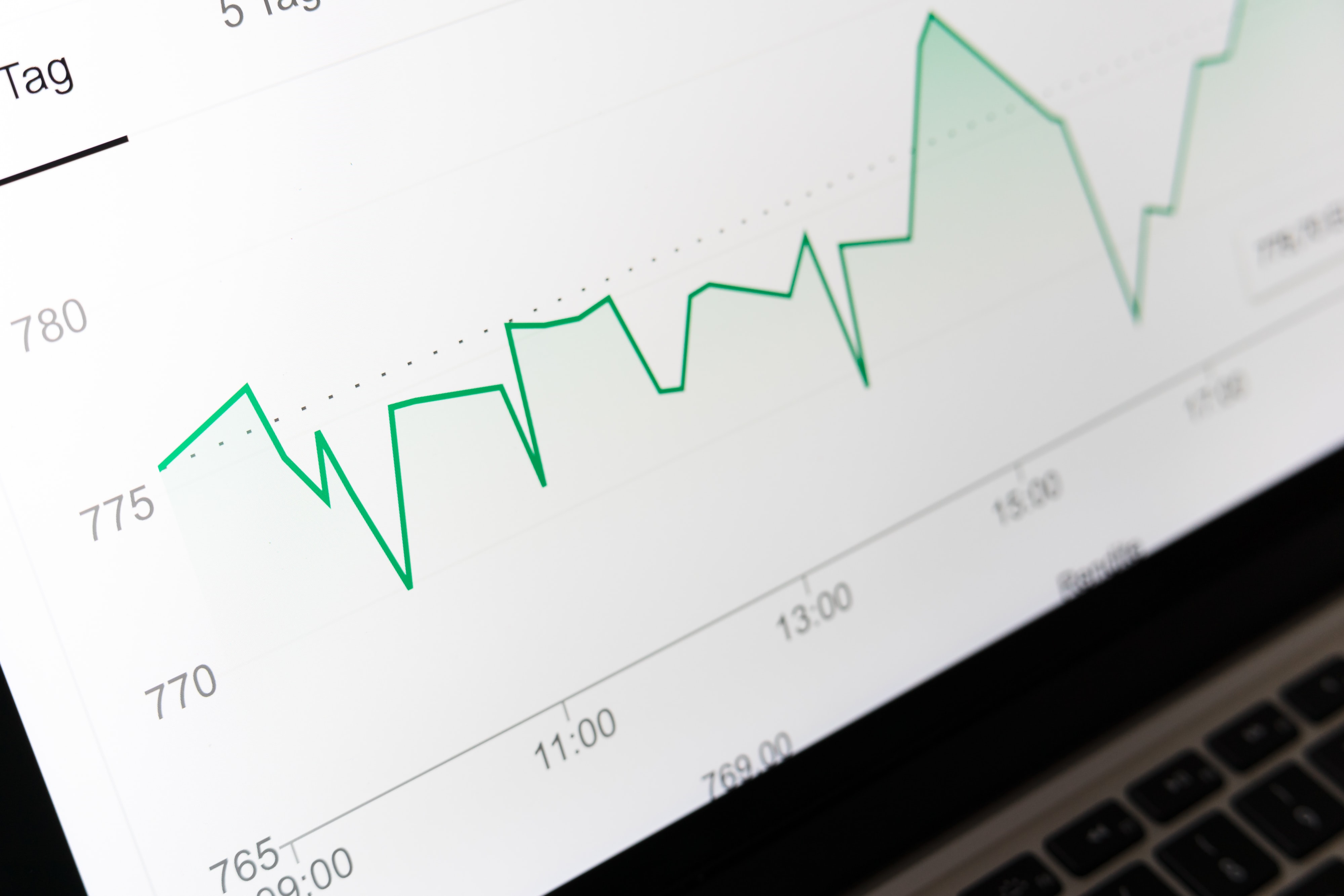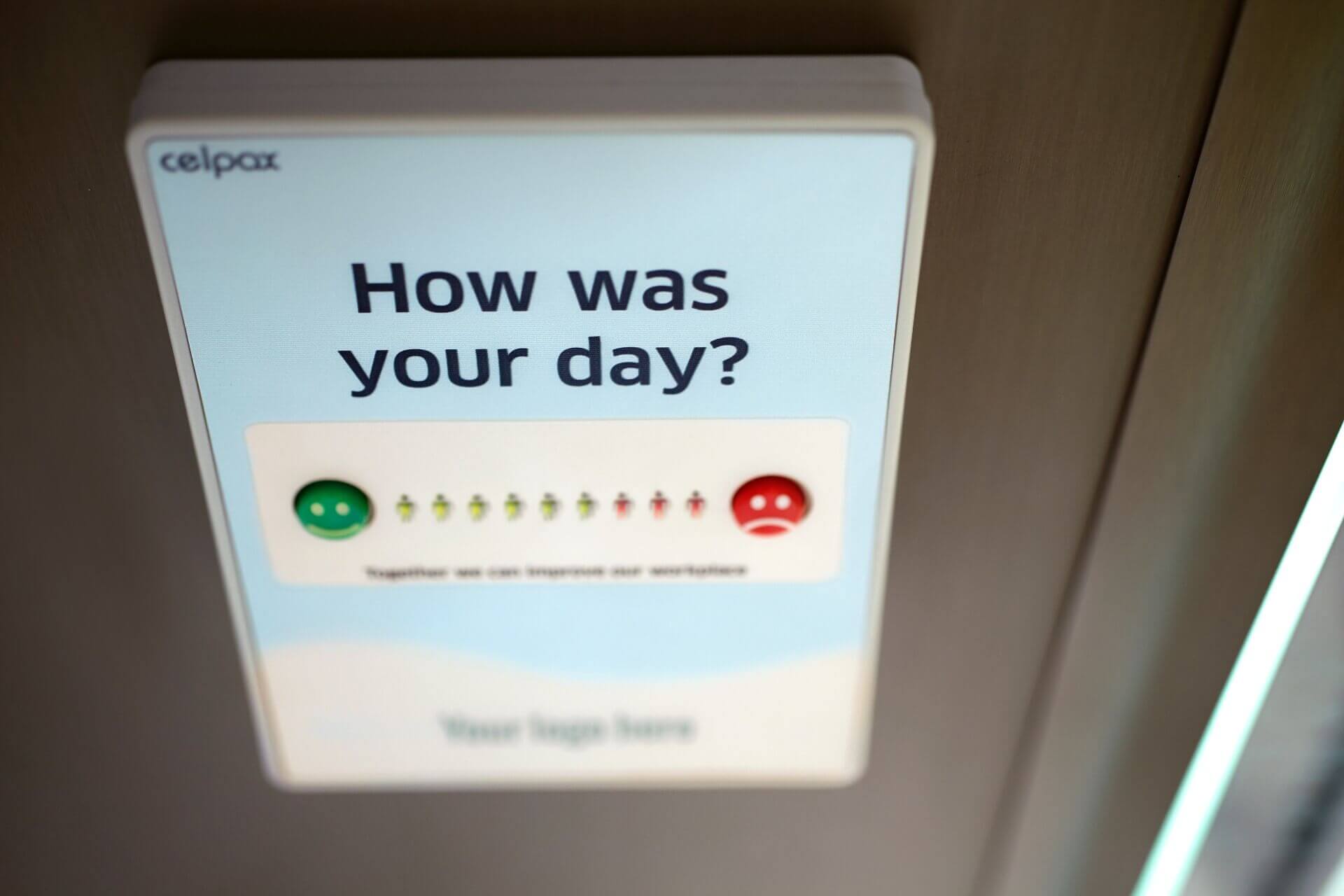
Explore our NEW Knowledge Base and Help Desk to find everything you need to attract, engage and convert talent with your Vennture website.
Discover More
It has been said the story is in the data… so why do so many businesses not measure brand?
Firstly, let’s talk about what brand is itself. It has a funny old reputation and is still very much associated with fluffy outputs, colour meanings and a new logo with a new tagline.
Branding is how you get your audience to come back for more. It’s about engineering experiences and a perceived value they desire.
It is your customer’s perception of you. Branding is literally every decision your company makes and everything that happens behind the curtain that can’t be seen. It is why you exist. It informs every output and decision you make.

Fluffy.
The problem happens when management does not see a value in branding. They want a clear ROI and could believe branding is purely design-based.
So how can we best measure brand and show it is working (or not working) for you?
Quite simply. It’s in the data.
Brand is completely measurable as it is an output. Your brand can be seen and felt; therefore, it can be measured. It is about creating perceived value, and value can be measured. It is about customer experience, and again experience can be measured. We need to look outside the obvious metrics and decide what we want to learn.
Take a brand relaunch as an example. After launch, you should be using data to show the outcome of the work of the designers, content team, UX team and branding experts as you reimagine your website. There will be many people involved in branding, and you need to be able to measure changes - how it has impacted your audience and if it’s being understood in the way you hoped. This example can also be applied to small changes and tweaks on a page (like an update to a strapline).
Direct traffic is a great measure of branding, as the more people who remember your brand, the more likely they are to directly arrive at your site. Meaning it is a KPI which can give us an understanding of our brand awareness. It is not exact, many metrics which measure branding are not, but it will give us a good and solid overview.
Using your Google Analytics account, track your direct traffic to site over time. If you’ve updated your website or added a fresh brand feel, use direct traffic to measure success if the branding is working for you. A rise in direct traffic post brand launch will indicate success through customers becoming more aware of your brand. Direct traffic is also a helpful metric if you’re doing a lot of PR work / paid branding campaigns or creating social campaigns with a brand emphasis.
Branding underpins everything you do on-site, and as such will influence metrics which more traditionally have been thought of as measures of content and user experience.
Updating your tone of voice on a page (or across your whole site) straplines, imaging, and even changes to colour palette will impact your audience’s perception and journey. And as we’ve already discussed branding is about engineering experiences and creating a perceived value for your customer.
Measuring the bounce rate will let us know if a customer has stayed on your site, or decided to leave. After any copy or image changes (when coming from the brand team) you should be looking for a drop in bounce rate on your site.
Similarly, you’re also looking for a rise in conversion. Good branding means you’ve understood what you’re customer is looking for, and the feeling and connection they are expecting. When we go against this perception, people are likely not to continue their journey. In the same way that if we nail it, then they will be looking to spend more time on site as they explore further.
Branding underpins everything. We’ll come back to this time and time again. If it’s the only thing, you take away from this blog - that would be enough.
Brand piggybacks on many other performance team metrics, looking at organic traffic through branded keywords will again give you an understanding of brand awareness and even share of voice.
Organic metrics can show us how visible your business is across search engines by looking at how many branded terms you rank for.
Tracking your most important keywords in relation to your main competitors will give you percentage data on your share of voice.

Traffic to site and other on-page monitoring, like Hotjar and user journey, only take into account the user’s choices - whether they stay on a page or choose to leave. They tell us about a part of the story, but we know branding is about perception and connection… so what should we look at to measure customer understanding?
The first thing to look at is your user demographics. We can do this through Google Analytics.
Does your audience match your audience personas? Is who you’re marketing to using your site?
Much of the work you will do in branding will be to make your brand appeal to your perceived audience. Measure changes in your audience over time. Is the age or gender shifting to your target customer? Has a change in the language and style of copy encouraged more sales? Has updating your look encouraged a growth in the demographic you want to appeal to?
Did you know the tone and sentiment of your content can be measured?
In branding, we often talk about ‘Tone of Voice’, and it’s value in being able to spark a connection with your audience through a shared rapport, but it is rarely measured.
You may have even received the feedback “I don’t feel that it sounds like us” or that the client/brand keeps rewriting content based on nothing concrete but rather bad habit.

Natural Language Processing (NLP) and Machine Learning-based sentiment analysis, is a form of AI that takes human language and accurately understands the tone/sentiment of your content.
Check out Google’s natural language API demo and really get granular with your content and how it’s being read.
You can also measure readability, reading age, language style (plain, formal, etc.) and how your text has been written. Tools like Hemingway App and the SEMrush SEO writing assistant extension will help you monitor your content and report back on metrics that are incredibly useful in showing the role content has on branding.
So to answer the question, what tools can I use to evaluate brand awareness?
There are so many ways to measure your brand. You need to decide what you want to measure, the overall goal, and use the outcome to choose your metric. Brand influences all decision making, so tap into other performance metrics and show your impact.
Have you got a question for our Head of Brand?
We love taking on new challenges and tackling brands to provide real, measurable results. Get in touch with our team to learn more about our brand strategy packages and how we could help you and your business.